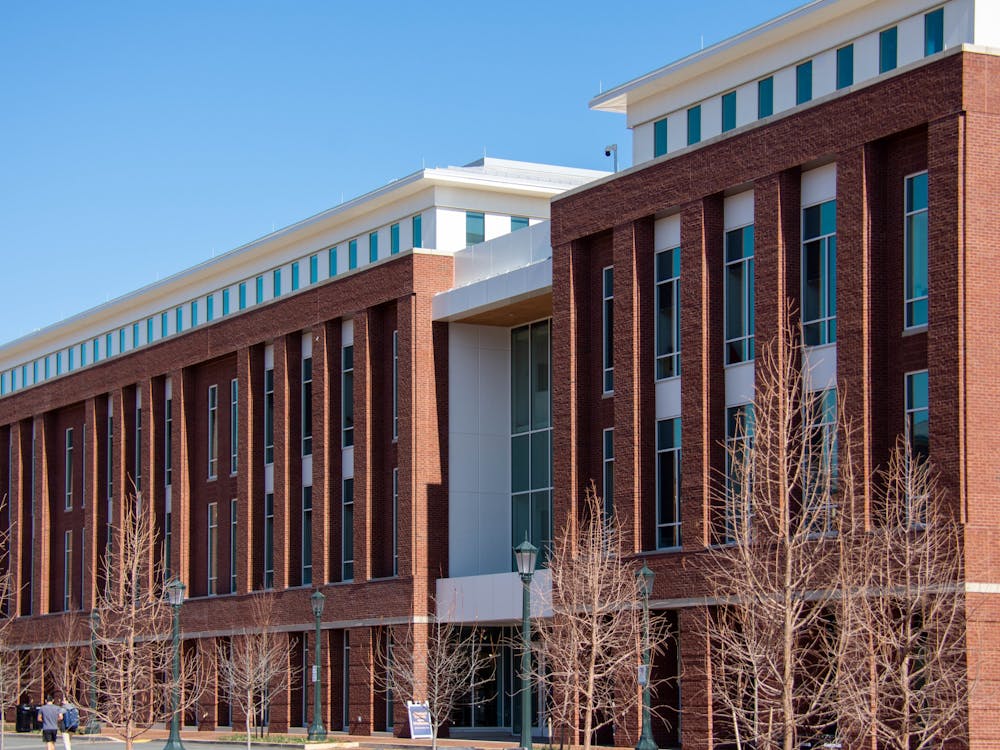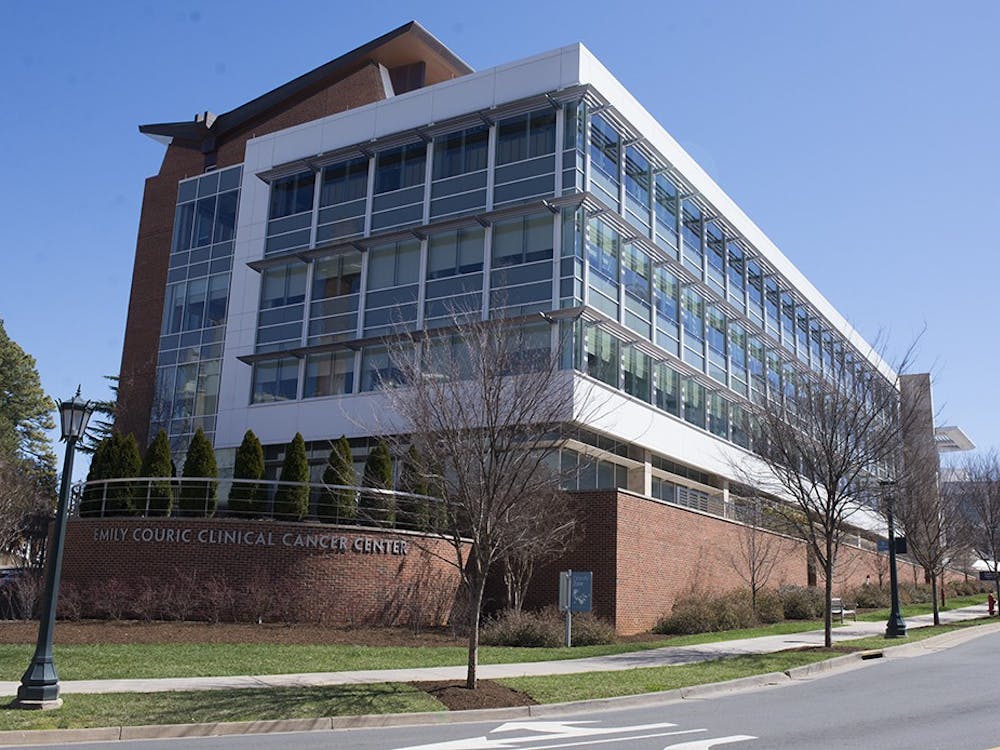Few words in the medical vocabulary elicit shudders as consistently as the term "hemorrhoids." The mere utterance of the word gets people squirming uncomfortably in their chairs, and I know more than one seasoned physician who believes that the FCC should intervene to take hemorrhoid cream ads off the air during dinner hours. Our disgust for the hemorrhoid runs so deep that we even use it as a sort of barometer of grossness against which other vile items may be measured (e.g. "my ex-boyfriend was worse than a case of hemorrhoids" or "I would rather have hemorrhoids than sit through another lecture in this class.")
But what exactly is this plague on the nether regions? Hemorrhoids are cushions of tissue and veins around the rectal area. They occur in healthy people and are incredibly common. Often, they are asymptomatic and cause no problems, but when they make their presence known the pain can be excruciating and debilitating: Hemorrhoids are what forced Napoleon Bonaparte to sit sidesaddle, benched George Brett in the 1980 World Series and sent President Carter to the operating room. There are two types of hemorrhoid, internal and external, and they cause problems in different ways. Located on the inside walls of the rectum, internal hemorrhoids don't ordinarily cause pain because they are not heavily supplied with nerves. They can, however, cause itching, irritation and painless bleeding. If internal hemorrhoids become prolapsed, or move from the inside of the rectum to outside the anus, they can precipitate severe pain by causing a spasm of the anal sphincter (yikes). External hemorrhoids, in contrast, are commonly very sore because they involve the skin, which is heavily innervated. Usually acute pain is related to a thrombosis, or blood clot, within the hemorrhoid. This causes distension of the surrounding skin, which stretches pain fibers and made Napoleon Bonaparte and his fellow afflicted cry for their mammas. Often the thrombosis is related to a specific event, such as straining with constipation, gastrointestinal infections or dietary changes. Physical exertion like lifting heavy weights can often cause thrombosis, making this a common problem among body builders and imparting double entendre to the term "roid rage."
Multiple factors are thought to play into the development of hemorrhoids. Low fiber diets and constipation are major culprits because they lead to straining with defecation, which is associated with hemorrhoid enlargement and thrombosis. Much to the dismay of everyone who enjoyed the entire Harry Potter series while emptying waste, the common habit of treating the bathroom as a library is also thought to contribute to hemorrhoids. Pregnant women are also at particular risk for reasons that aren't totally clear: Hormonal changes and increased pressure are likely involved.
Treatment for hemorrhoids includes addressing constipation, increasing fiber and liquid intake and decreasing time spent on the toilet. Hemorrhoid creams are of little value, further arguing against their manufacturers' intrusions into our dinner hours. "Rubber-band ligation" is often an effective option and involves tying of the hemorrhoid at its base so that it loses blood supply, eventually withering up and surrendering to Napoleon, or whoever its miserable owner may be. A more aggressive treatment is removal through one of the less glamorous procedures in general surgery, the hemorrhoidectomy --- also known as The-Procedure-That-Made-Me-No-Longer-Want-to-be-a-Surgeon. Despite the unsavory nature of the procedure for the assisting medical student, it's quite effective and simple for the patient, and complications and recurrence rates are rare.
It is important to remember that not all pain around the anus is caused by hemorrhoids. Symptoms may be due to other potentially more serious problems such as inflammatory bowel disease, anal fissures or tears, warts or skin infections. If you're concerned, go see your doctor. The exam may be a little uncomfortable, but it's better than a case of hemorrhoids.
Anne Mills is a Cavalier Daily Health & Sexuality Columnist. She can be reached at mills@cavalierdaily.com or through the Sex & Balances submission page at cavalierdaily.com/sex.asp. This column should be used for educational purposes only and is not meant to substitute advice from your doctor.






